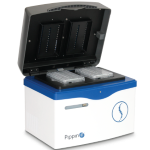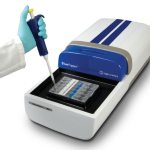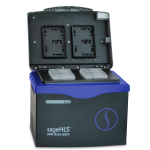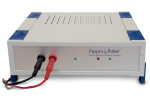April 2025
Authors:
Ayla Orang, Nicholas I. Warnock, Melodie Migault, B. Kate Dredge, Andrew G. Bert, Julie M. Bracken, Philip A. Gregory, Katherine A. Pillman, Gregory J. Goodall & Cameron P. Bracken
Abstract:
“MicroRNAs (miRNAs) are important regulators of gene expression whose dysregulation is widely linked to tumourigenesis, tumour progression and Epithelial-Mesenchymal Transition (EMT), a developmental process that promotes metastasis when inappropriately activated. However, controversy has emerged regarding how many functional miRNAs are encoded in the genome, and to what extent non-regulatory products of RNA degradation have been mis-identified as miRNAs. Central to miRNA function is their capacity to associate with an Argonaute (AGO) protein and form an RNA-Induced Silencing Complex (RISC), which mediates target mRNA suppression. We report that numerous “miRNAs” previously reported in EMT and cancer contexts, are not incorporated into RISC and are not capable of endogenously silencing target genes, despite the fact that hundreds of publications in the cancer field describe their roles. Apparent function can be driven through the expression of artificial miRNA mimics which is not necessarily reflective of any endogenous gene regulatory function. We present biochemical and bioinformatic criteria that can be used to distinguish functional miRNAs from mistakenly annotated RNA fragments..”
Sage Science Products:
Pippin Prep was used to size select RNA libraries.
Methods Excerpt:
“Amplified barcoded libraries were then size selected using auto gel-purification Pippin prep 3% agarose (SAGE science) which targets ranges from 100-250 bp. Libraries (size between 180-190 bp) were then confirmed by Qubit HS DNA and Bioanalyzer HS DNA assay for size and concentration. The libraries were then pooled together in equimolar amounts and sequenced using an Illumina Nextseq 500 using a 1 × 75 cycle high output kit.”
Author Affiliations:
Centre for Cancer Biology, an alliance of SA Pathology and University of South Australia, Adelaide, South Australia, Australia
ACRF Cancer Genomics Facility, Centre for Cancer Biology, SA Pathology, Adelaide, South Australia, Australia
Adelaide Centre for Epigenetics, School of Biomedicine, Faculty of Health and Medical Sciences, University of Adelaide, Adelaide, South Australia, Australia
School of Medicine, Discipline of Medicine, University of Adelaide, Adelaide, South Australia, Australia
School of Biological Sciences, Faculty of Sciences, University of Adelaide, Adelaide, South Australia, Australia
Nature Oncogenesis
DOI:10.1038/s41389-025-00550-9





